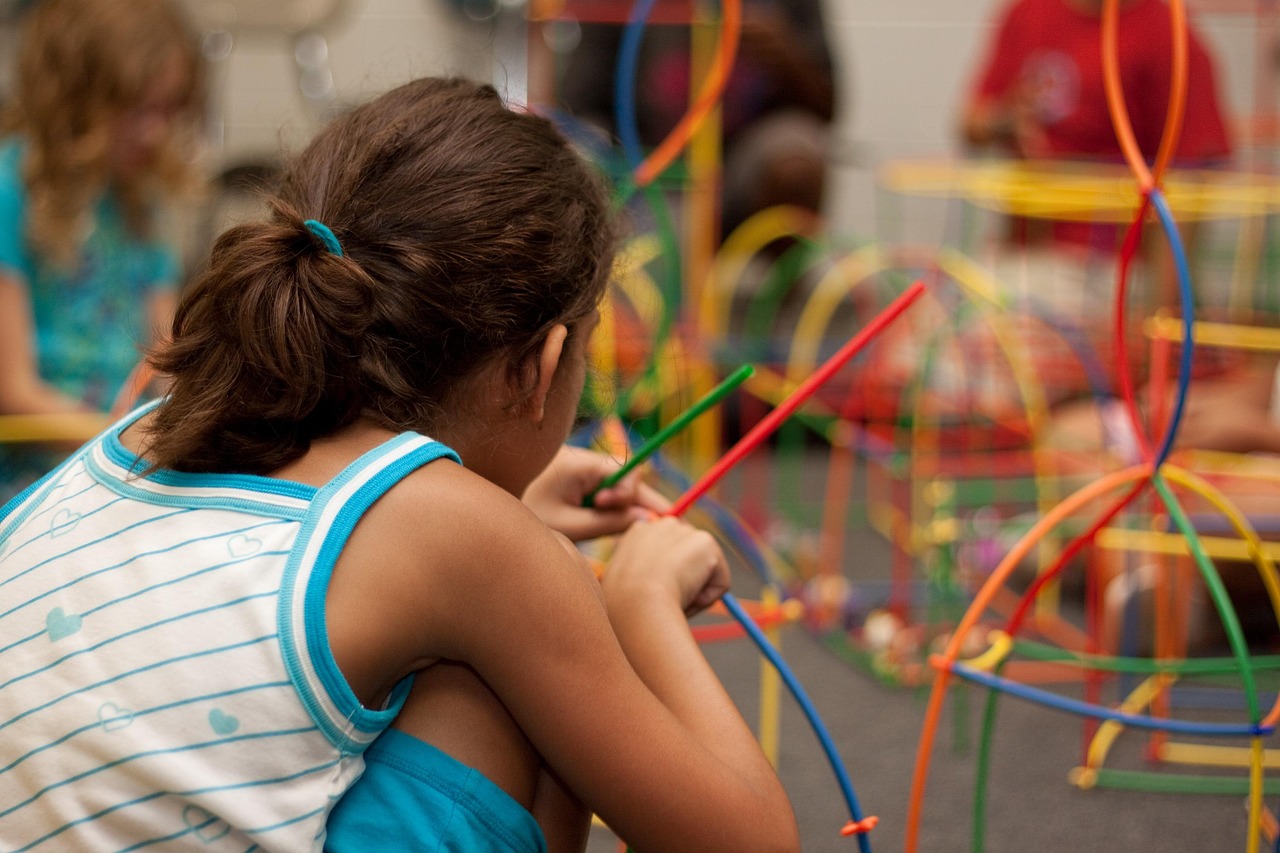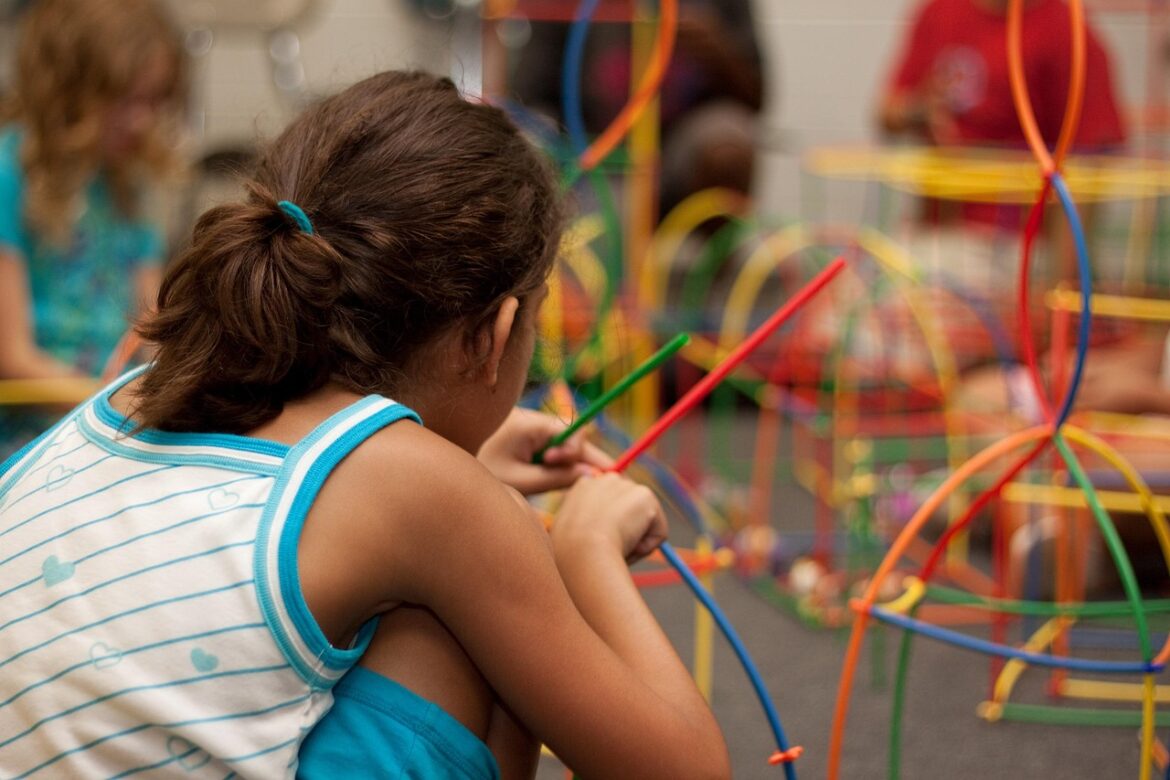
The future of learning should look, feel, and be different for students and educators, says Christine Anne Royce. Royce makes this case in a chapter she wrote in the new book Futuristic Insights on Education Components: How education can meet the demands of an ever-changing world, published online by The Regional Centre For Educational Planning, an organization formed by a partnership between the United Arab Emirates and The United Nation Educational and Scientific Cultural Organization (UNESCO).
In her chapter in the book, which is composed by chapters written by various education experts, Royce argues that “the future educator will be less a conveyor of information and more a facilitator of learning experiences that foster critical thinking, creativity, and adaptability.”
However, this transformation requires rethinking how we train teachers and prepare them to implement these forward-thinking processes, says Royce, co-director of MAT in STEM Education at Shippensburg University and a past president of the National Science Teaching Association.
Recently, Royce shared highlights from Futuristic Insights on Education, which is free and available online, and other advice on making modern classrooms more friendly, inviting, effective, and future-ready. For Royce, that starts with how we educate teachers and facilitate these types of practices at a cultural level.
1. Truly Be A Guide On The Side
“We, as a society and field, need to redefine the teacher’s role,” Royce says. “Teachers must transition from being content deliverers to facilitators who guide students in developing critical thinking, creativity, and adaptability for a future that doesn’t yet exist.”
Many educators don’t argue with this premise. Even so, many of these strategies are not implemented, or only implemented on occasion.
“We may say that we do this with terms like ‘guide on the side,’ etc., [but] we need to restructure how we teach to fully embrace this idea,” Royce says. “This means that we need to help students apply the knowledge and skills they have learned.”
Often, doing this involves incorporating teaching philosophies such as flipped and active learning, place-based learning, and problem-based learning into teacher education programs.
2. Forget Memorization
Memorizing for quizzes and tests is an aspect of teaching that Royce would like to see deemphasized in the future.
“Traditional memorization must give way to developing problem-solving, inquiry-based, and project-based learning approaches that engage students in real-world challenges,” she says. “When students are asked to engage with content using these types of skills, it also prioritizes the 4Cs: communication, collaboration, critical thinking, and creativity.”
She adds, “If we truly structure the learning process in this way, it will help students to also become lifelong learners, which is needed due to continuous technological and societal changes.”
3. Break The Status Quo
Many educators are familiar with these types of strategies but are often unable to implement any because they have to cover specific content or prepare students for standardized tests, Royce says. Another barrier can be that teachers worry that if they fully adopt the “guide on the side” approach, their classes will be misinterpreted by their higher-ups or parents. Royce herself has experienced this.
“I had one former principal tell me that my classroom does not look like learning is happening because students were not in their seats taking notes, with my quizzing them throughout,” she says.
She adds that the field should move away from this type of thinking. “Teacher preparation programs need to focus on teaching strategies that break the cycle of ‘the status quo’ or the ‘teach the way we were taught’ approach,” she says.
Royce has many strategies in mind for doing this, including reimagining clinical or field-based experiences to include mentorship in innovative classrooms where facilitation is modeled and having new educators learn about exciting teaching techniques from across the globe.
4. Make Traditional Lessons More Innovative
To see this type of thinking in action, Royce shares an example of an intermediate lesson on weather, geared to middle grades.
“In the traditional approach where information is conveyed, the teacher might present a slideshow on types of clouds, define weather terms, explain the four seasons, and show a video about weather patterns,” Royce says. “Students take notes and complete a worksheet matching cloud names to images.”
Meanwhile, the same type of assignment will look totally different in a classroom that utilizes both place-based and three-dimensional instruction in science, Royce says. In this type of classroom, the teacher will pose questions to students such as:
- Why are there more clouds in the morning some days?
- How does our local landscape (mountains, rivers, urban areas) affect the weather?
- Can we predict tomorrow’s weather using what we see today?
“With these questions, the students are asked to keep track of their own understandings as they record local sky conditions, temperatures, cloud types, using observations or photos, and any precipitation. Students then compare their data, identifying patterns and differences,” Royce says.
This and activities related to the exercise allow “students to construct understanding through direct engagement, critical thinking, and collaboration, guided by the teacher, not directed by a lecture, outline, or notes,” she says. “This method empowers students as investigators, with the teacher facilitating discovery and making the content relevant and memorable.”


